 |
|||
 |
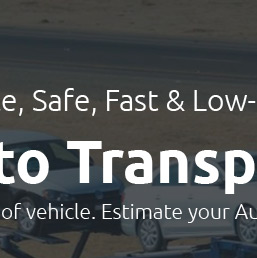 |
 |
|---|---|---|
 |
 |
|
 |
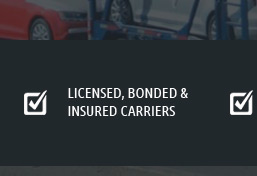 |
 |
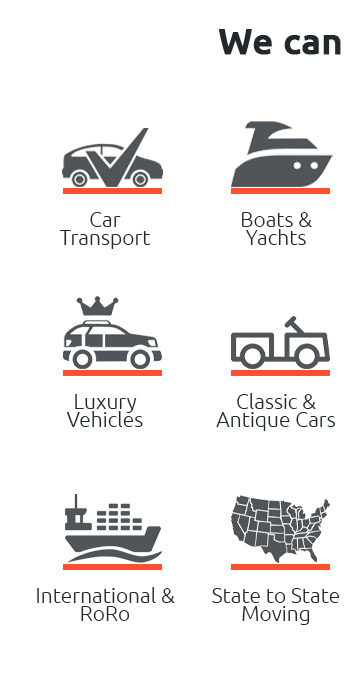 |
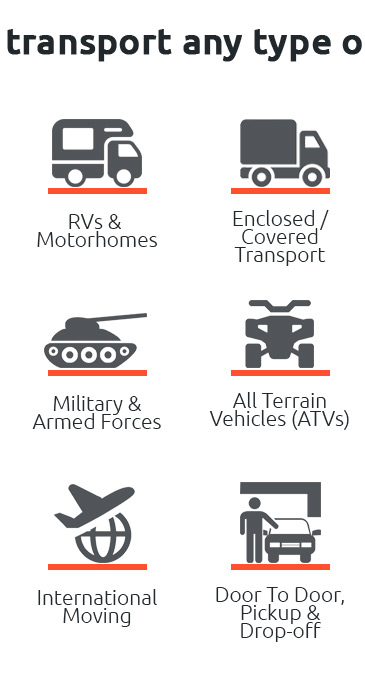 |
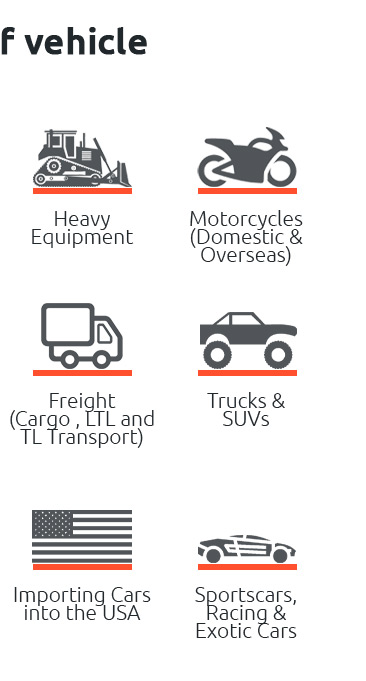 |
|---|
 |
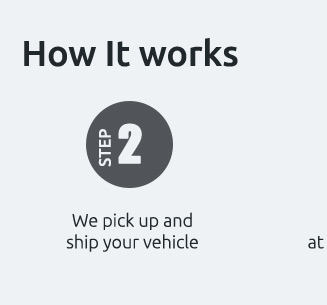 |
 |
|---|---|---|
 |
||
 |
 |
|---|---|
how are boats transported: options, steps, and tipsCommon methodsBoats move by road on trailers or lowboy rigs, by sea via a delivery skipper, or aboard yacht carriers using float-on/float-off systems. Smaller hulls ride in containers; sailboats often ship with masts unstepped. Haulers use cradles, padded stands, and shrink-wrap to protect finishes, and wide loads may need permits and pilot cars. For short hops, DIY towing works if the tow vehicle, brakes, and lighting meet local rules. For long distances or large yachts, licensed carriers handle routing, escorts, and port coordination. Key steps
Costs and decisionsPricing depends on size, distance, route complexity, and marina fees. Allow lead time, compare quotes, and budget for lifts and storage. The safest choice balances experience, coverage, and communication, so the boat arrives ready to launch.
|
|---|